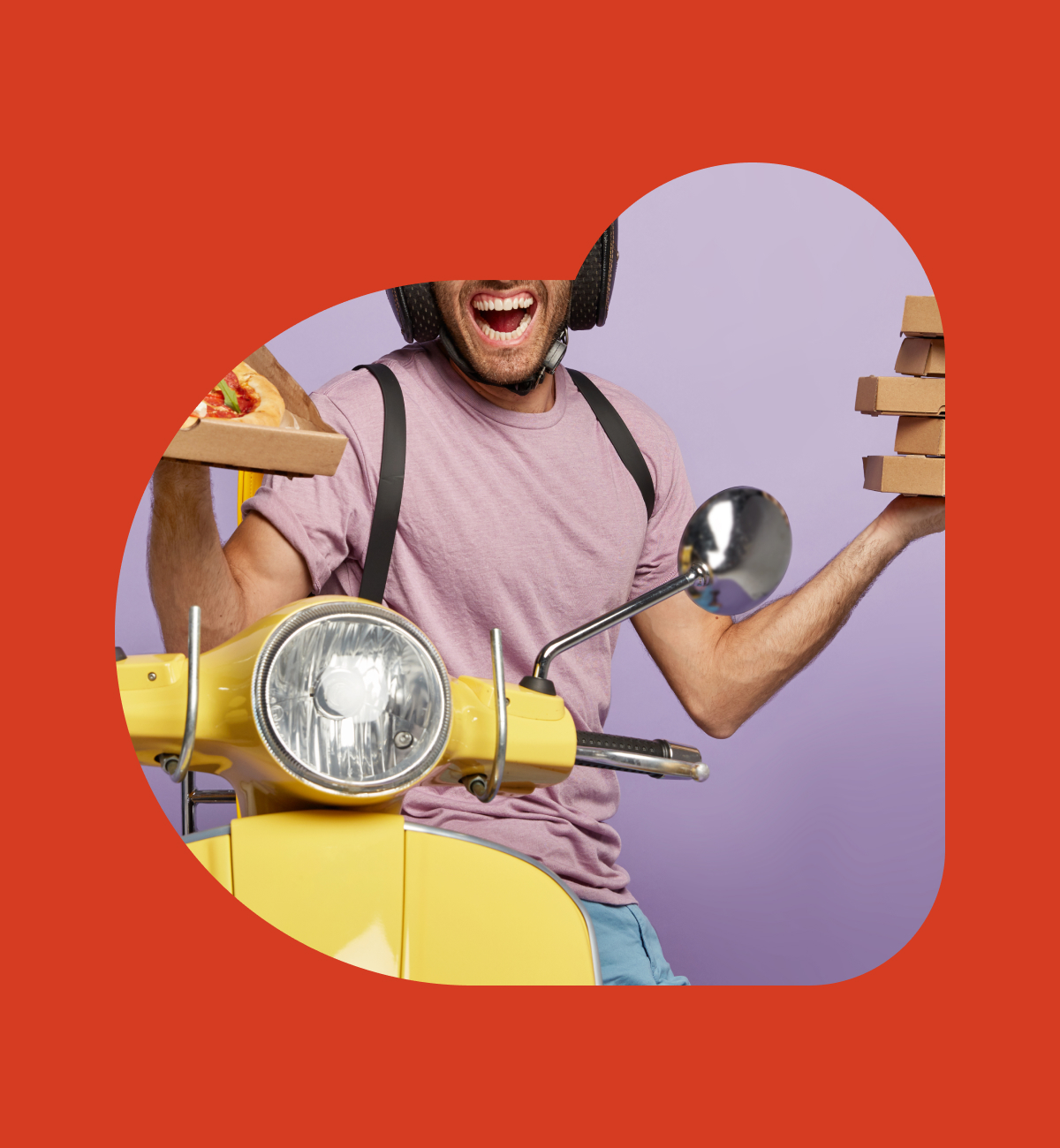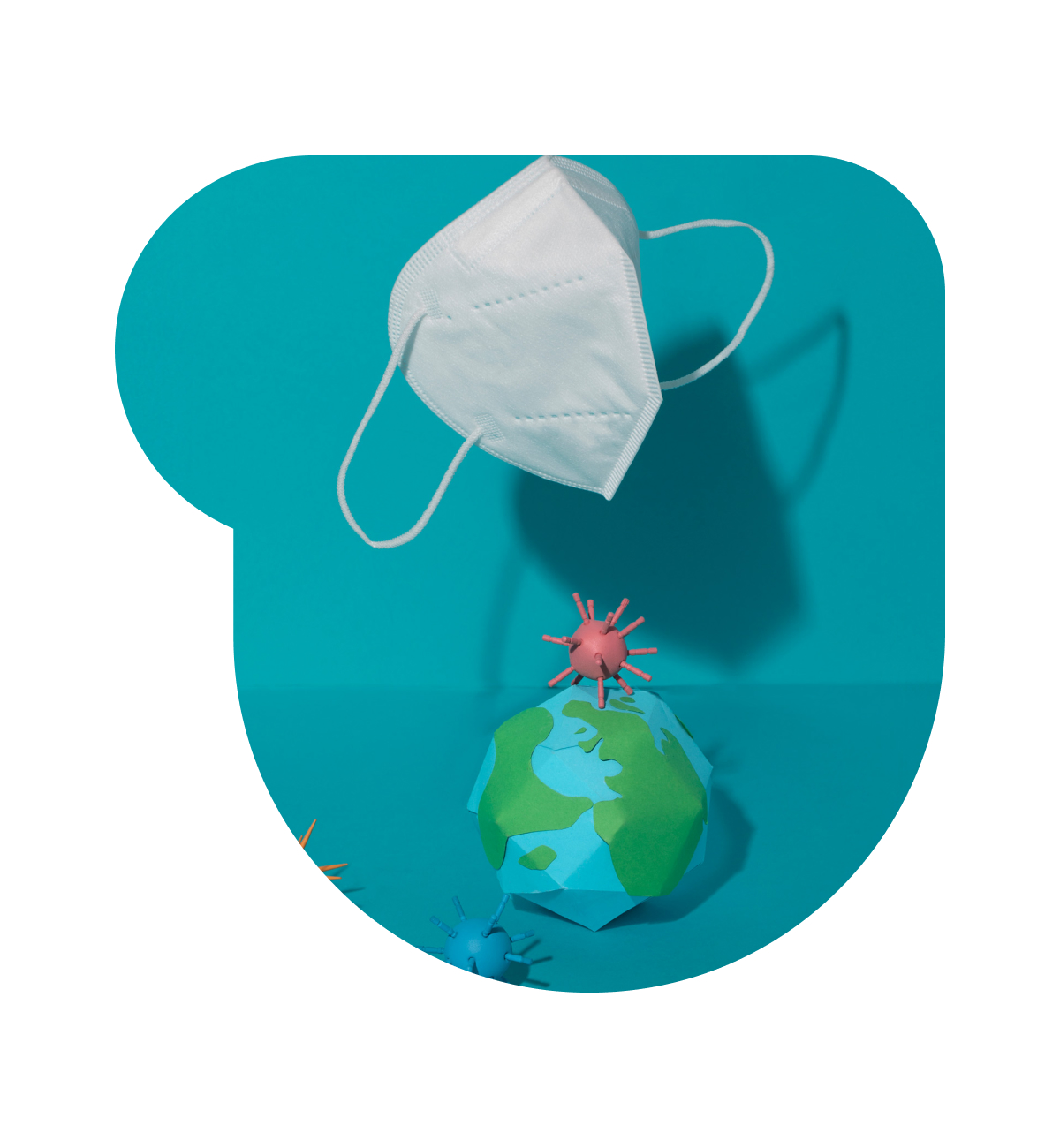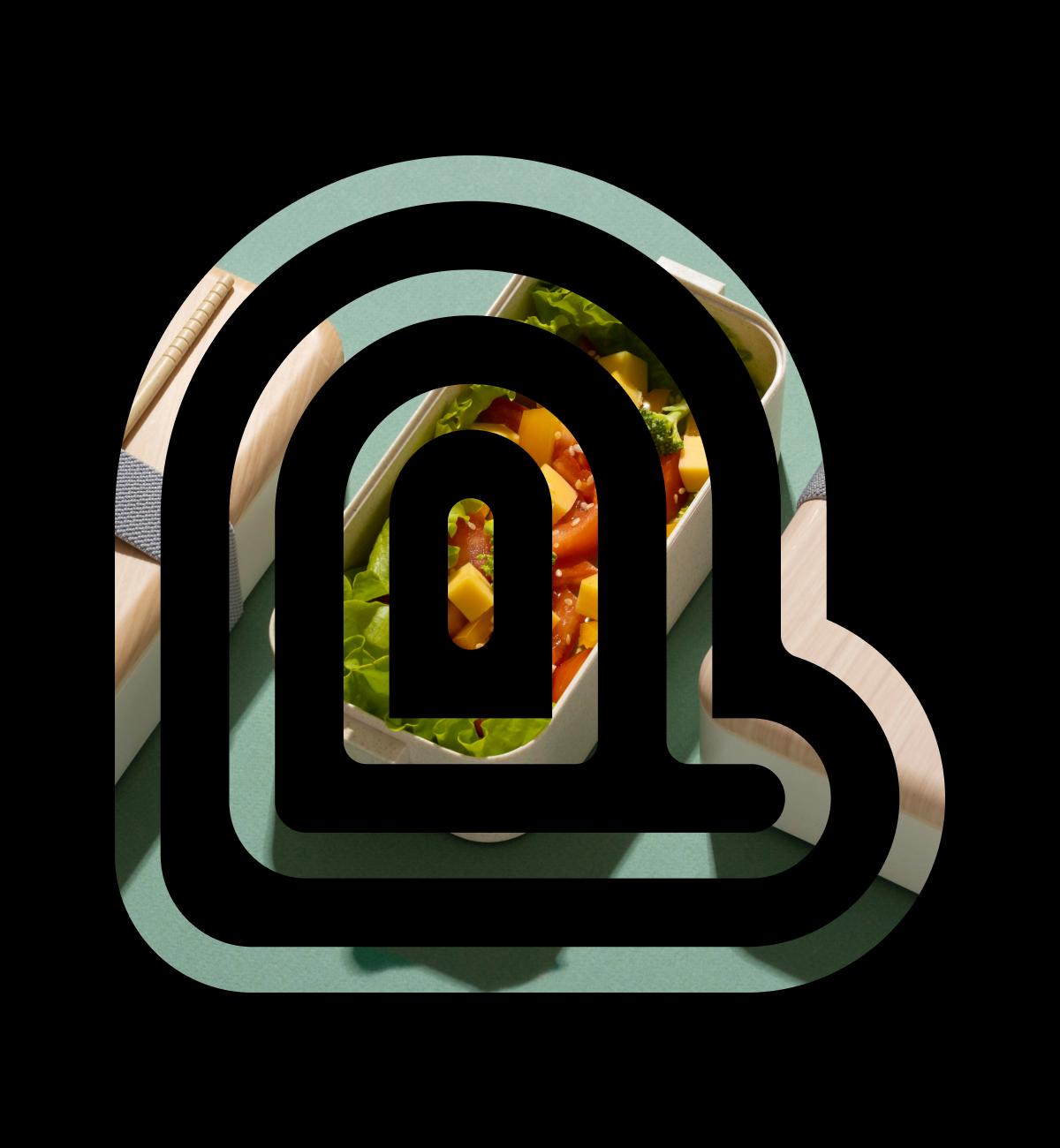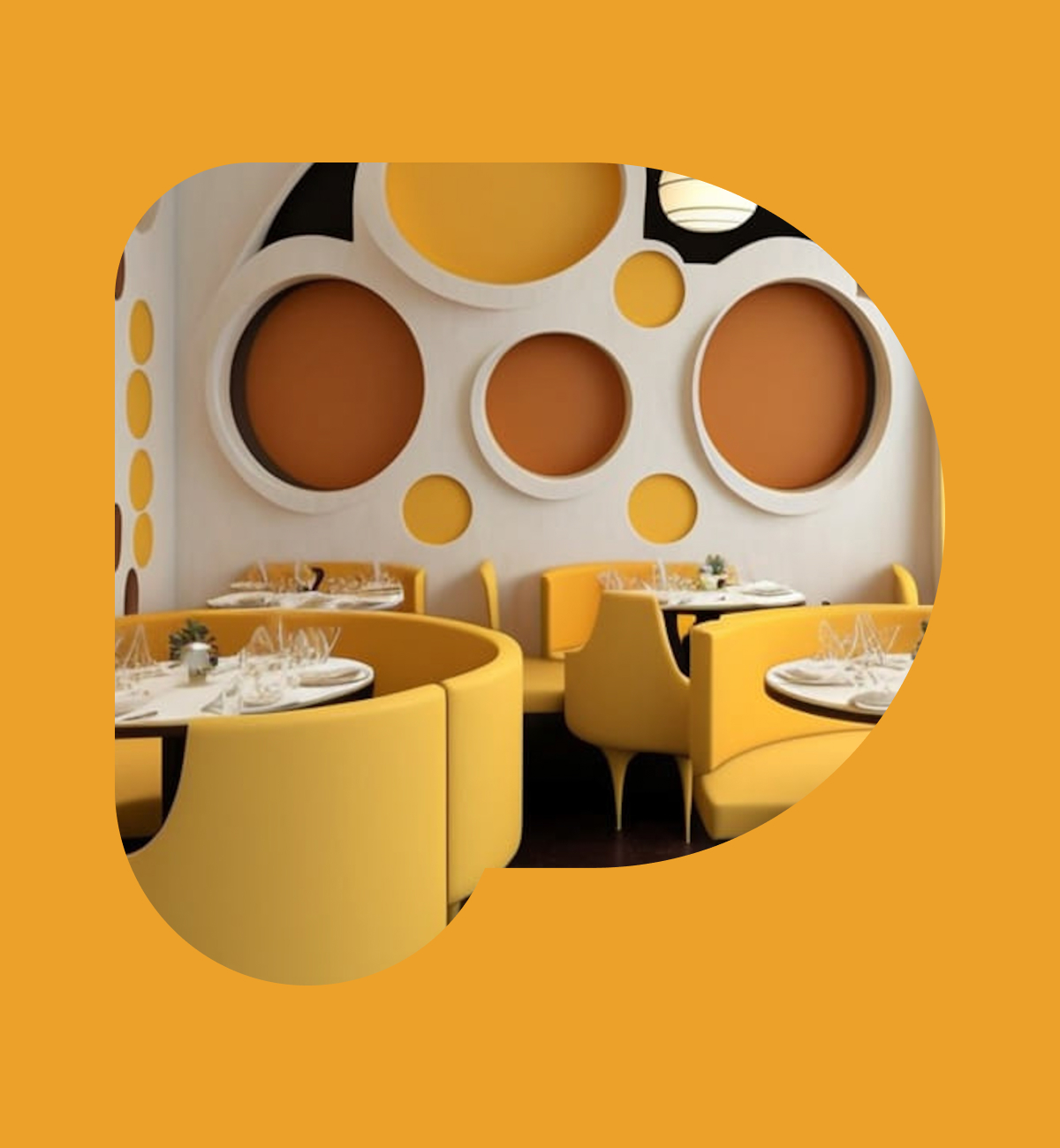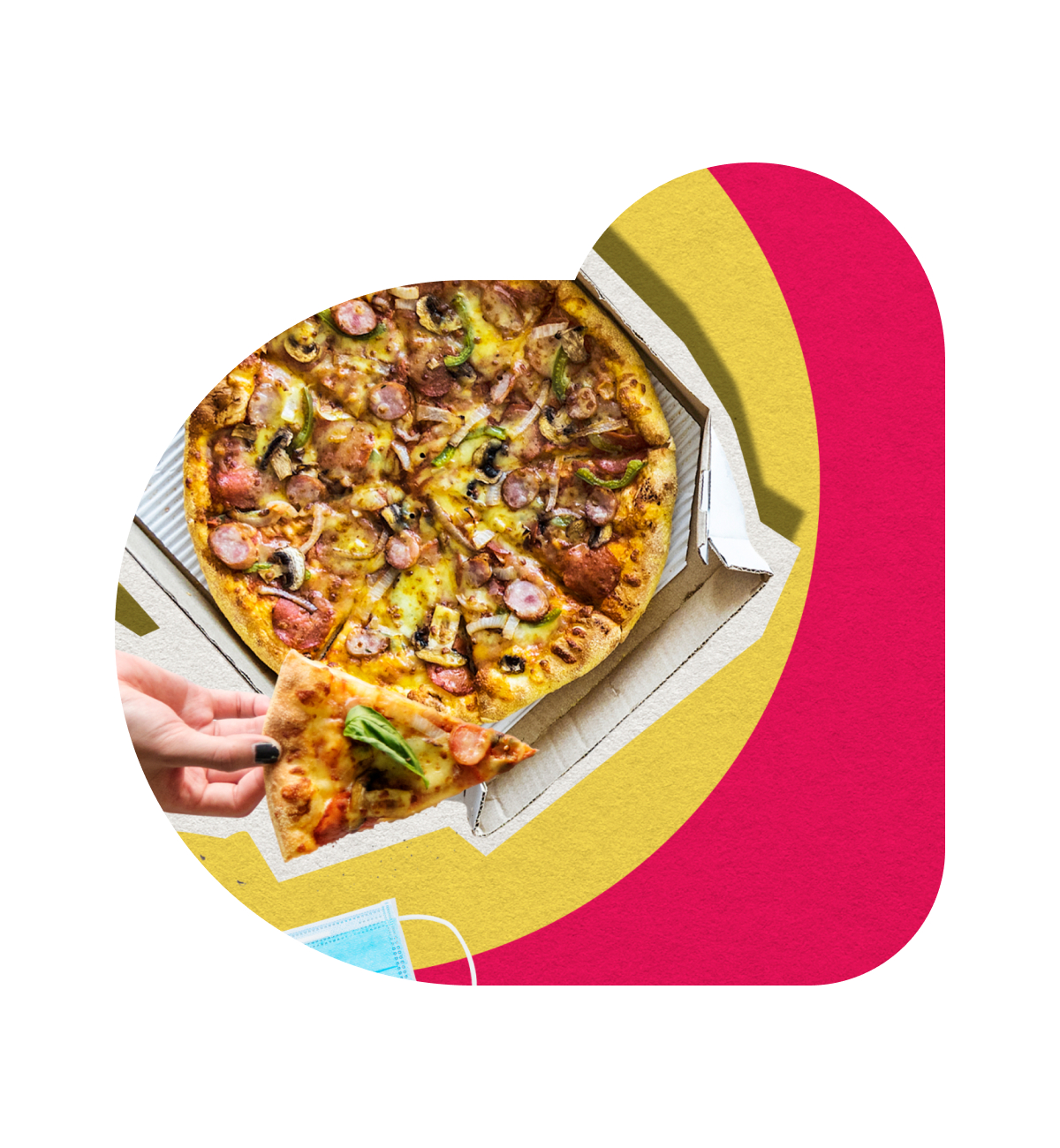Seven months into the COVID-19 pandemic, social distancing and safety precautions are still top-of-mind for many restaurant guests. As a result, drive-thrus have proven to be a big advantage for those brands and restaurants that offer them. While installing a drive-thru might not be feasible for your restaurant, there are still lessons to learn from this trend.
Embrace the Concept

Drive-thrus have traditionally been one of the main points of distinction between quick service and fast casual or even casual dining. Adding a drive-thru to the latter two categories before COVID-19 could’ve been seen as a step in the wrong direction, weakening the quality of the brand. But as we’ve seen, customers are looking for this type of convenience, especially during a pandemic.
It’s likely that it may not be feasible operationally or logistically to install an actual drive-thru, but are there parts of the experience you can adopt to help support off-premise services? Consider a walk-up window, temporary pick-up lanes or a creating a makeshift queue staffed by an employee with a mobile POS system.
Consider Real Estate Solutions

In a position to be expanding or looking to relocate? Look at locations with an existing drive-thru set up or one that allows for space for curbside pickup. Even if it’s not in your short-term plans, guests looking for the flexibility of drive-thru, curbside and delivery options could be here to stay.
Think High-Tech & Low-Touch

If you are thinking of implementing a permanent or makeshift drive-thru for the time being, technology will likely be at the heart of the solution, with a mobile device being central to how guests interact with your restaurant.
Offering an online ordering solution can help streamline the ordering and pick-up process, so you can operate a drive-thru without menu boards or taxing employees with the burden of handling payment. And if you offer multiple pick-up points, an online app can help separate those orders or instruct guests exactly where to go upon arrival.
While a true drive-thru experience may not be the answer for many casual restaurants, the benefit of fast, safe and socially-distanced pick-up is no doubt appealing to guests, and taking a look at where you can play up those elements within your own operations could certainly be beneficial at this time.









